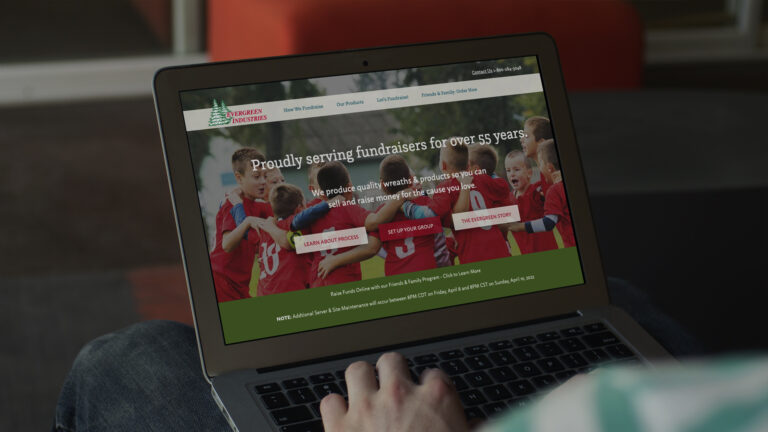Working with busy parents and leaders of sports teams, scout troops, and youth groups, Evergreen has seen the stress planning fundraiser can put on people. It’s fairly normal for you to want to get your fundraiser over with as quickly as possible. We, too, want your fundraiser to go efficiently, but we also want to help you think strategically and take it to the next level.
By going through this 3-part series, we think you can execute a fundraiser that earns you more than previous years. From start to finish, working well with everyone involved, we’ve seen how possible this type of growth really is.
For part one, let’s discuss where to start. By effectively reviewing your previous fundraisers and properly planning the following items, we’ll get you prepped for your best fundraiser yet.
1. REVIEW THE NUMBERS
Hopefully, someone on your fundraising committee or you yourself kept track of how much was raised last year, how much was spent, and if it was enough to support your cause. That way, you can estimate how much you need to raise this year.
Additionally, it would be helpful to note how long you spent planning the fundraiser, how many people you had to reach out to in order to reach your goals, and how much help you had to give to the kids. Knowing these numbers could help you predict how much energy and resources need to go into your next fundraiser—maybe you have to reach out to a few more people if you want to make x-dollar-amount more.
If you didn’t keep track of this information last year, this should serve as motivation to do so this year. Here’s an awesome post that simplifies the metrics every youth fundraiser should track. Fundraising Report Card also offers an easy cheat sheet to help you report on fundraiser metrics year over year.
2. PREDICT OUTCOMES & SET GOALS ACCORDINGLY
In order to understand how much effort needs to go into this year’s fundraiser and to set your fundraising goals, you have to make some predictions. Write out factors like…
a) How many students, boy scouts, team members are you working with?
b) How many of these have a parent or guardian that will be able to help them?
c) How many of your purchasers from last year are likely to come back?
By thinking through these questions, you will be more realistic about your fundraiser’s needs and be able to set more accurate goals.
As we’ll talk about in part two of this series, we recommend including your team as you set goals. For guidance through your goal-setting process, read “How to Set Accurate Fundraising Goals.”
3. TRY SOMETHING NEW!
If you’re planning a fundraiser early enough, you have time to take a little risk. Here are some fun ideas to get your brainstorming rolling, but be sure to have a planning session with your team to really get the creative juices flowing.
Video promo: Try to find someone who will record your team for free or at a reduced cost. You can simply have a collage that shows cute snapshots of your group throughout the year or you can record yourselves explaining how your fundraiser works.
Create a web page or well-designed email: Rather than relying on old tactics like fliers to promote your fundraiser, try setting up a simple, free web page, email send, or Facebook group. Here’s more guidance on creative digital promotions.
Study your donors: It’s normal to send the same thing to each and every potential purchaser for your fundraiser, but this year, try paying attention to what works for each. You’re talking to different people, so it’s likely they’ll want to hear from you via different routes.
For example, when you called up your elderly next-door neighbor on the phone, they likely answered, but they had ignored your three emails you sent. Whereas the new 30-something couple down the road didn’t respond at all until you sent them a Facebook message. Take notes on who prefers what so if nothing else, next year’s fundraiser will be a lot more efficient.
A successful fundraising plan is all about being mindful of what you’ve learned in previous years, setting realistic expectations, and throwing in some new tactics here and there. For more fundraising plan success go through part 1 and 2.



